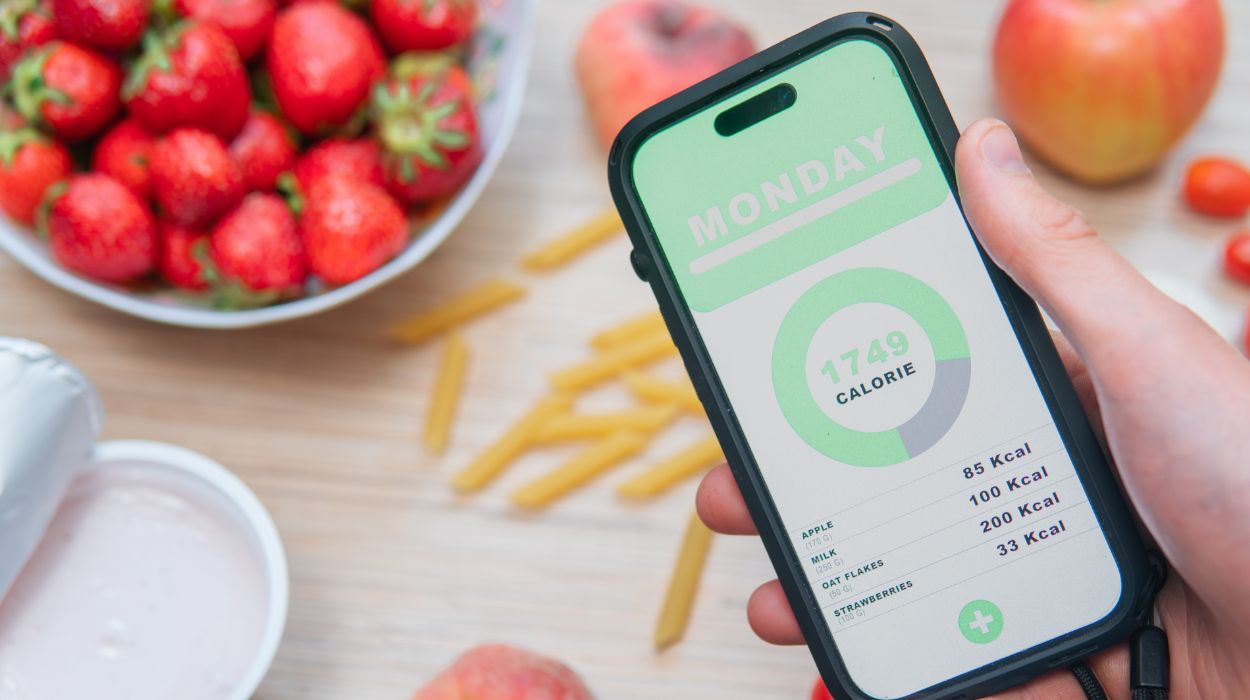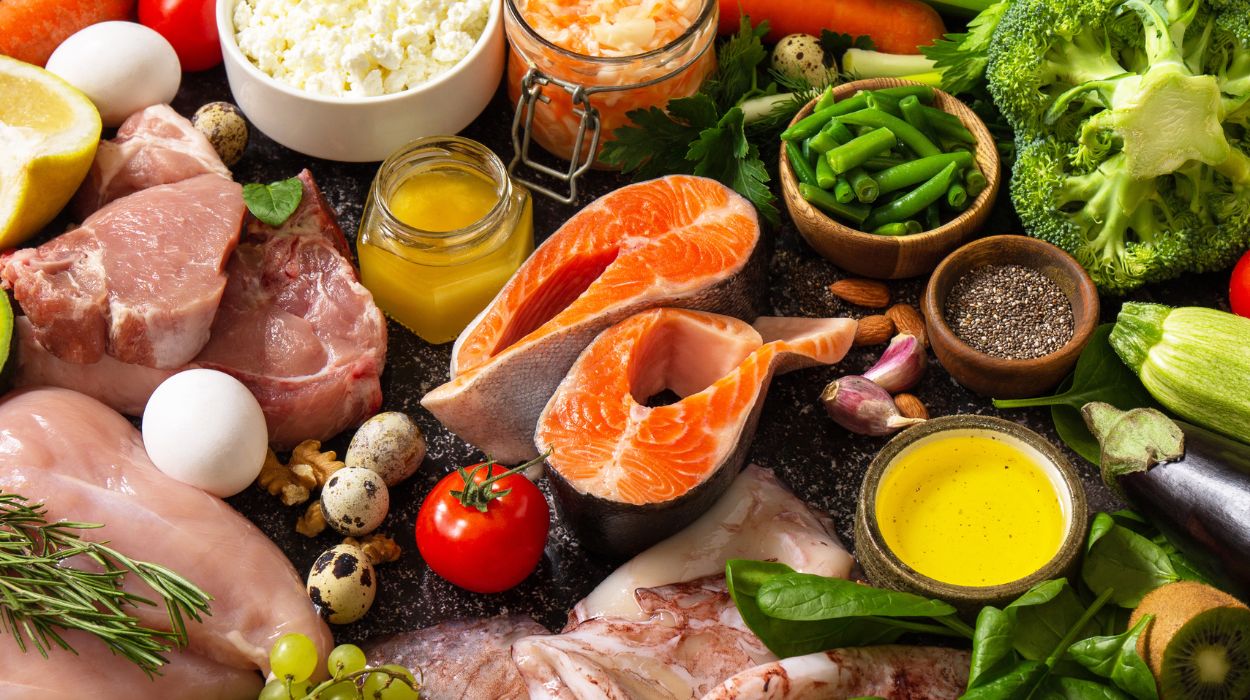Breast reduction surgery has been shown to increase one’s quality of life[1] and is the main reason many women choose to do it. Improved physical activity and reduced pain are two common contributors to improved quality of life. Because many women report improved physical activity,[2] many may feel more motivated to exercise and lose weight, particularly stubborn belly fat.
If you want to know how to lose belly fat after getting breast reduction surgery, this article is for you. We’ve uncovered the best ways to achieve sustainable weight loss while improving your overall quality of life.
How To Get Rid Of Belly Fat After Breast Reduction
Three ways to lose belly fat after breast reduction:
- Calorie Deficit.
- Exercise.
- Balanced Diet.
3 Ways That Help You Lose Weight Fast
Losing belly fat is a widespread interest in society, and there are endless quick fixes on the internet. While you can’t easily spot-reduce[3] fat in one specific area of the body, you can make lifestyle changes to help you reduce overall body fat.
That’s why we’ll focus on total body health in this article. One study suggested that circuit training[3] may be effective at spot-reducing, but more study is needed to confirm these results.
When it comes to losing belly fat, multiple lifestyle factors come into play. Here are a few tips to improve your weight loss efforts:
Calorie Deficit

A calorie deficit is essential if you want to lose weight. You should expend more energy than you consume through your diet. Studies show you need a deficit of at least 500 calories daily[4] for effective weight loss.
Exercise
One of the best ways to live a healthier lifestyle is to incorporate daily movement into your routine. Experts recommend adults get at least 150 minutes of moderate-intensity aerobic activity[5] weekly. Broken down, this is just 30 minutes daily, five days a week.
Walking, jogging, or sprinting are great examples of cardio that can help eliminate unwanted belly fat. If you prefer going to the gym, using an elliptical machine, stairclimber, or treadmill are great options.
Feel like you’re too busy? You can break it up to make it work for you. For example, you could go on a 15-minute walk during your lunch break and then jog for 15 minutes in the evening.
Aside from cardio, strength training may also be helpful when it comes to losing belly fat. A common type of strength training is weight lifting, which can be done at a gym or at home. Lifting weights has been shown to help strengthen your muscles[6] while maintaining lean muscle mass.
Exercises focusing on strengthening your core and decreasing belly fat include sit-ups, plank, and crunches. These exercises may help remove stubborn belly fat and help with weight loss after breast reduction.
Balanced Diet

Another key to weight loss is your diet. Limiting processed foods is essential, as they often contain lots of sugar, fat, and minimal nutrients. Packaged or frozen foods often contain preservatives and additives, which can contain excess sugar and fat.
Focus on whole foods like fresh fruits, vegetables, whole grains, and lean meats like salmon or chicken. A whole-food, plant-based[7] diet has been shown in research to improve weight loss.
We know getting in all your fruits and vegetables can be hard. Luckily, you can incorporate smoothies into your diet to help you reach your fruit and vegetable goals. Add a handful of spinach to a banana and blueberry smoothie or frozen beets to a strawberry and raspberry smoothie.
Staying hydrated and drinking plenty of water throughout the day is also important. If water tastes bland, try flavored water by adding fresh cucumber and mint. Other additions that can make your water taste better are lemon, lime, and berries.
There are weight loss supplements available on the market, such as diet pills, that may be beneficial to you. However, talking to a healthcare provider before taking these supplements is always important.
Can Breast Reduction Help You Lose Weight?
A reduction mammoplasty, commonly known as a breast reduction procedure, has been shown to help with short-term weight loss.[8] There is currently limited research that has been done when it comes to long-term results. This outpatient procedure involves the removal of excess breast tissue[9] while aiming to achieve a shape that is aesthetically pleasing to the patient.
The initial weight loss in breast procedure patients is related to an improved quality of life,[8] specifically regarding physical activity. Because patients report less pain, this procedure has been shown to help women engage in physical activity more efficiently.
Less pain and increased physical activity contribute to weight loss efforts. However, current studies show patients who lost weight initially tend to return to their previous weight[8] eventually.
Who Could Benefit From A Breast Reduction?
Ultimately, a breast reduction procedure is a personal choice based on what you feel is best for you. If you feel like your breast size may be impacting your quality of life, then a breast reduction surgery may be helpful for you. Many women inquire about breast reduction for physical and psychological reasons,[9] but the most common reason is for physical pain relief.
Breast Hypertrophy
If you have breast hypertrophy, a breast reduction may benefit you. This occurs when excessive breast tissue growth leads to large breasts, although this is a relatively rare health condition. It commonly causes back, shoulder, and neck pain. Breast hypertrophy can make daily physical activity[10] difficult, which may contribute to weight gain.
Large Breasts
There is no minimum breast size for breast reduction. Large breasts are, in some ways, subjective based on the individual. Studies have found women with a breast size of DD or larger to be more likely to consider a breast reduction.[11]
One study found women with large breasts – DD or larger[11] – felt a breast reduction procedure would help them exercise more. Other studies have shown that breast size can influence exercise habits[11] among women. Not only do women with larger breasts[11] participate in less high-intensity exercise, but they also have been shown to exercise less.
A sports bra is designed to give women more support, but many women still experience discomfort when exercising. Shoulder pain and neck pain are common symptoms[10] many women experience when they have large breasts.
Plastic surgery patients who undergo breast reduction report less pain and an increase in physical activity. [10] If you feel like your breast size is contributing to back and neck pain, we recommend talking to your primary care provider about your options.
Did you know breast size is the fourth most significant barrier[11] to physical activity for women? Many women report[11] having breast pain from working out. They also describe feelings of embarrassment related to excessive breast movement while working out.
Obesity
Average body weight is regulated by the hormone leptin,[13] which helps regulate food intake. One of the places this hormone is secreted from is the mammary glands,[13] which produce milk in females. Too much leptin has been associated with an increased risk of high blood pressure[13] and cardiovascular disease.
Breast reduction surgery can be a solution for women with obesity, as it decreases leptin levels.[13] This can decrease the risk of cardiovascular disease.
Being overweight can influence your breast size and impact your quality of life, especially when it comes to physical activity. Excess total body fat has been linked to an increased risk of some cancers, including breast cancer.[13]
The relationship between breast tissue and fat is complex. More research is needed to determine why excess fat in breast tissue is linked to breast cancer.
Conclusion
When it comes to shedding belly fat, it comes down to many lifestyle factors like diet, exercise, and implementing a calorie deficit. Breast reduction surgery has been shown to improve women’s quality of life, specifically related to an increased ability to exercise. This is primarily due to a decrease in pain.
With that being said, every woman is different. Weight loss will be based on your target weight goal and other things such as age, current weight, and genetics.
Having a breast reduction is a big decision that requires careful consideration. We recommend talking with a healthcare professional if you’ve been considering this. While it won’t immediately result in belly fat loss, it may help make it easier to reach your weight loss goals.
Frequently Asked Questions
Decreasing your breast size by breast reduction surgery alone will not decrease stomach fat.
Fat that is removed won’t return, but if you gain weight, existing fat can increase.
Some women report finding it more accessible to exercise after breast reduction surgery related to experiencing less pain.[10]
A breast reduction patient may lose 2-8 pounds after surgery, but how much weight you lose will vary based on the individual.
Breast reduction patients typically have a healing time of 4-6 weeks.
 Expert's opinion
Expert's opinion